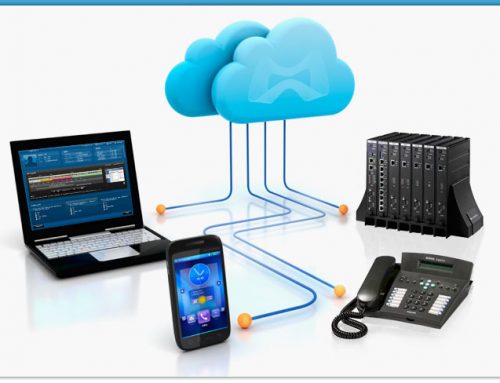It is prudent to use multi-factor authentication as a means of ensuring that only legitimate users with sufficient permissions to your mission critical information and assets are the ones requesting the access. Multi-factor authentication (MFA) determines the credibility of a user through combining two or more forms of authentication. These could comprise any combination of what you know (correct username and password), what you have (a phone, a physical token), or what you are (a biometric such as a fingerprint). Two-factor authentication uses similar concepts with the difference being it only requires two things to authenticate a user. These factors are effective security controls since a cyber actor can hack a password and use it to access a system as someone else. MFA or 2FA prevents that from happening.
To be efficient, an MFA strategy must be able to pass the trojan test being: If a trusted user’s computer accessing your critical infrastructure has been infected by a trojan, will you be able to detect such threat and block the attacker?
Will the hacker be able to access the same sensitive information as the legitimate owner of the computer? Since a trojan give the hacker complete remote control of the computer and all its inherent security measures, it is critical to ensure that the legitimate user is the only one who can provide sufficient proof of his identity. Finally, a last question: Does validating the identity enough when giving access to information and systems? The choice of the correct MFA solution must answer to all of these questions and ensure that your information is protected against the most sophisticated threats.
Ez-TFA offers a range of solutions protecting your critical information from the infrastructure (physical or virtual), the environments (Windows or Linux) and the application levels (custom or SAAS).




Leave A Comment